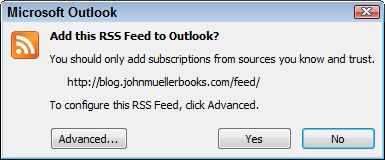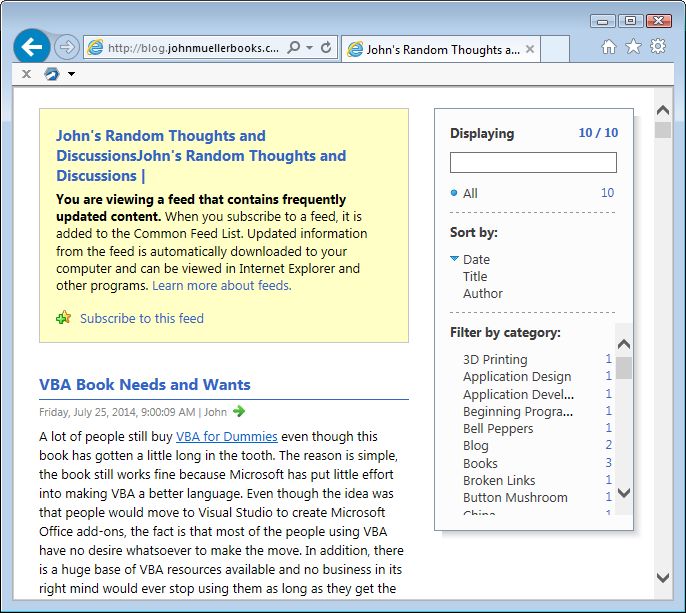This is an update of a post that originally appeared on March 4, 2011.
When I originally wrote this post, everyone was proclaiming the death of email, yet here we are 12 years later and I’m still using email to conduct almost all of my business. The original ComputerWorld that I cited describes a company that is moving from email to social media as an exclusive option. However, many current articles like Is email dying as a business communication channel? talk about the demise of email being premature. Currently, I don’t use any of the options mentioned in the ComputerWorld article and don’t have time (or the inclination) to start using them. Don’t get me wrong, social media probably solves problems for some part of the population, it just hasn’t worked out well for me. I can’t see myself outputting tweets about my daily activities and some of the articles I read about Facebook are just plain scary. The company that thinks your right to privacy is irrelevant is facing all sorts of legal problems these days, but it’s entrenched enough that I doubt we’ll see it go away anytime soon.
My main problem with most modern communication solutions is that they’re overly intrusive. I was in the bathroom the other day and a guy was engaging in business while sitting on the commode; he just couldn’t be bothered to turn his cellphone off to take care of personal matters. That’s just one of many scenarios I’d prefer to avoid. There is strong evidence to conclude that our society has become preoccupied with communication, to the detriment of all. Just how many people died last year from texting accidents? According to the The Zebra, texting causes 1.6 billion accidents per year (and the other statistics on the site are even scarier). The National Highway Traffic Safety Administration (NHTSA) logged 3,142 texting-related deaths in 2020. I’m pretty sure I don’t want to talk with someone that badly.
All this said, I did have my first Zoom meeting this year. Except for being able to see the people I was talking with, I just don’t see any reason to use it. Actually, I don’t care what the people I talk to look like as long as they can “lift their end of the log.” Products like Zoom perpetuate bias by promoting impressions based on personal appearance—I consider them dangerous. There is even an issue with the stress and fatigue that using products like Zoom cause as described in On the stress potential of videoconferencing: definition and root causes of Zoom fatigue. All this would be bad enough, but email eliminates issues like people’s accents (given that I’m hard of hearing, accents cause me no end of woe in understanding someone’s conversation). It also provides a paper trail I don’t get with Zoom. So, unless someone is having a serious tantrum, I plan not to revisit Zoom.
I have to admit that in the past 12 years that social media has proven to provide some benefit to business, as described in 22 Benefits of Social Media for Business. As with anything, the disadvantages could outweigh the benefits, as described in 10 disadvantages of social media for business. Here are my personal reasons for choosing email over social media or other options like Zoom:
- Social media assumes a level of connectivity that I’m simply not willing to allow.
- Email works better because someone can send me a message and I can handle it later; at my convenience.
- More importantly, I can handle the email at a time when I’m not distracted by something else.
- I can provide a thoughtful answer; one that I’ve researched and thought through carefully.
- Email also provides me with a permanent written record that I can reference later when I have questions about the discussion.
- Most important to me is that email makes it possible for me to deal with other people without any bias—I don’t care what they look like, what they’re wearing as they type their response to me, where they live, whether they have an accent, or any of a number of other issues that seem to have the world in an uproar today. All I care about is whether they can do the required work.
Personally, I don’t see e-mail as a dead communication technology. If anything, it’s becoming more important to me as I age and my memory becomes less dependable. As far as I’m concerned, the always connected nature of most social media today simply isn’t a good solution if you want to be productive. So, what’s your take on social media? Let me know at [email protected].


